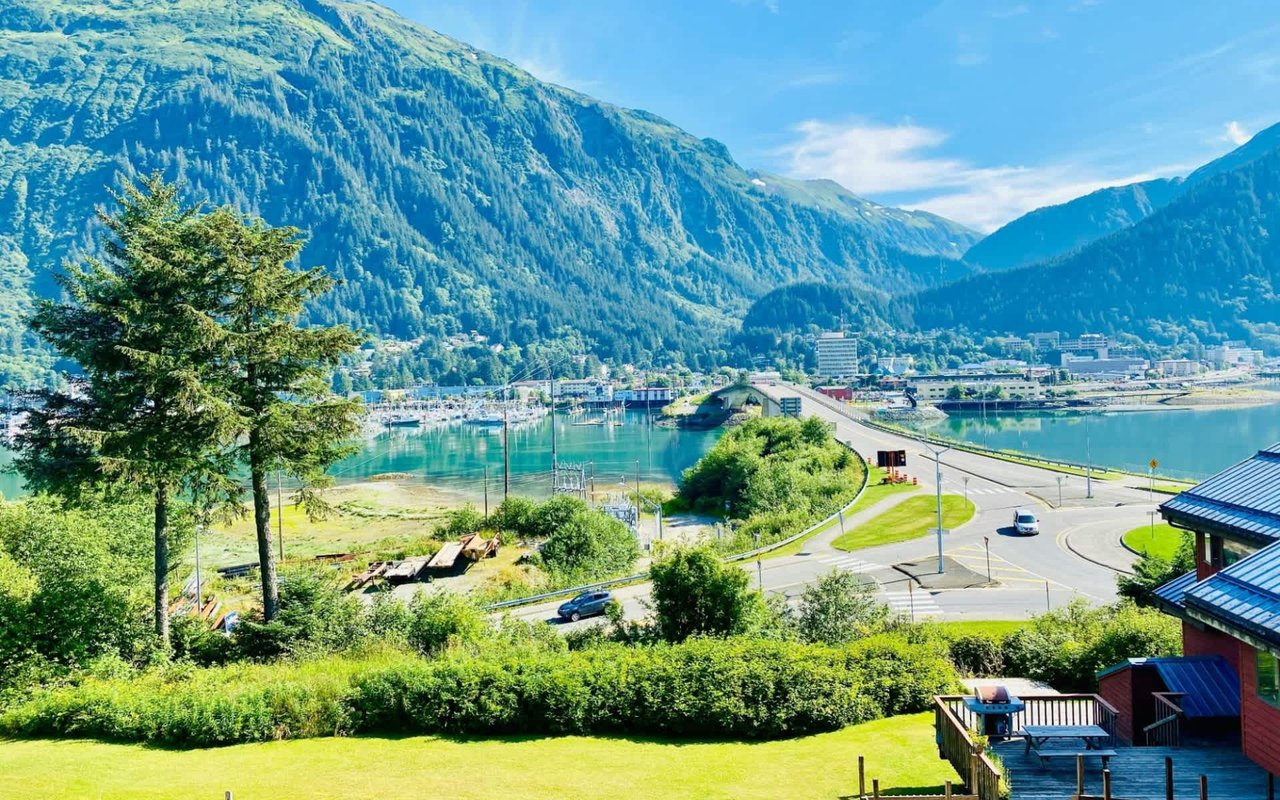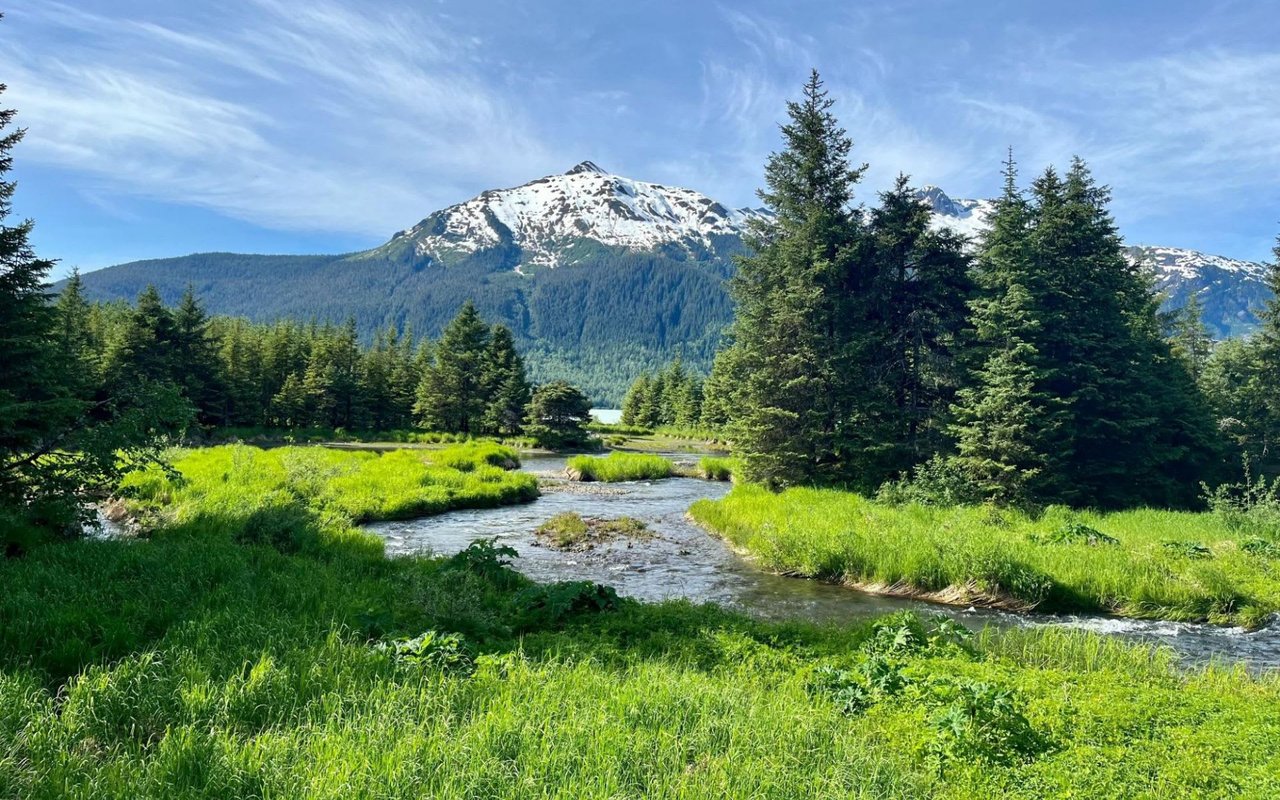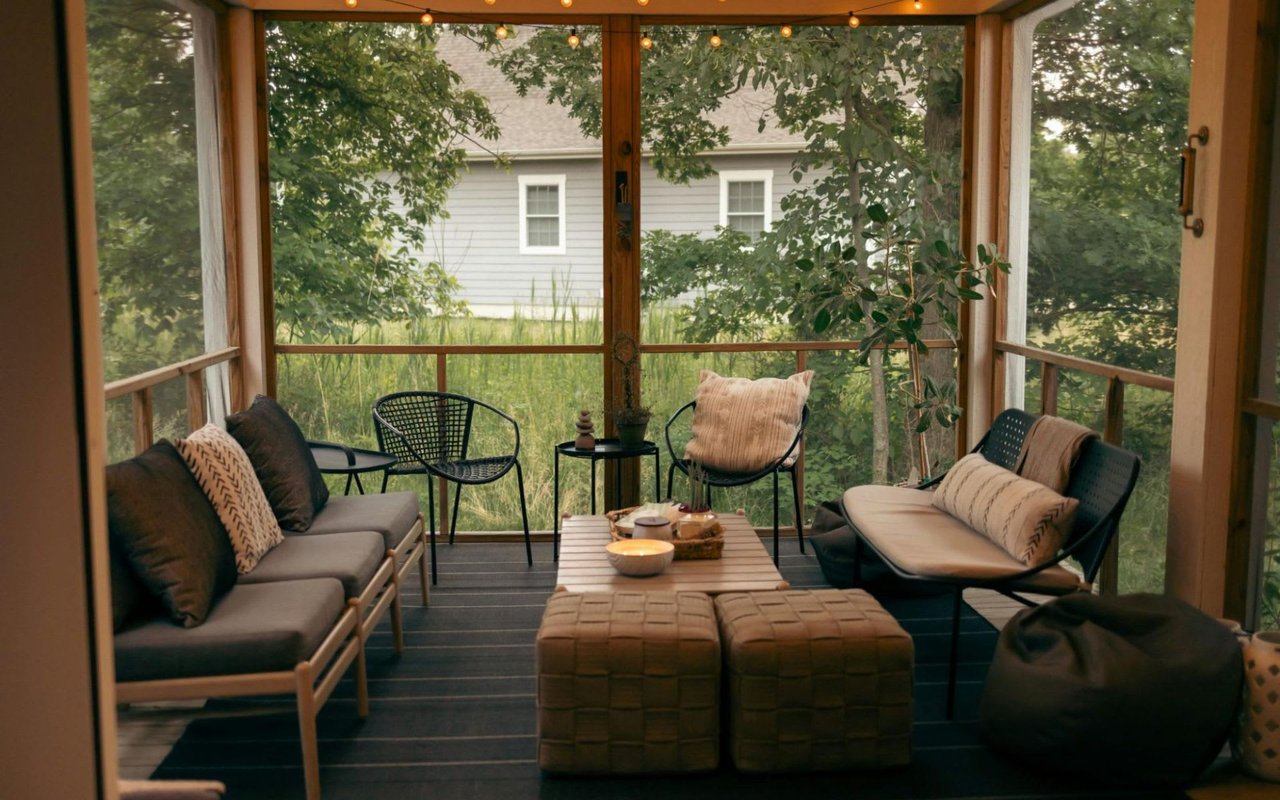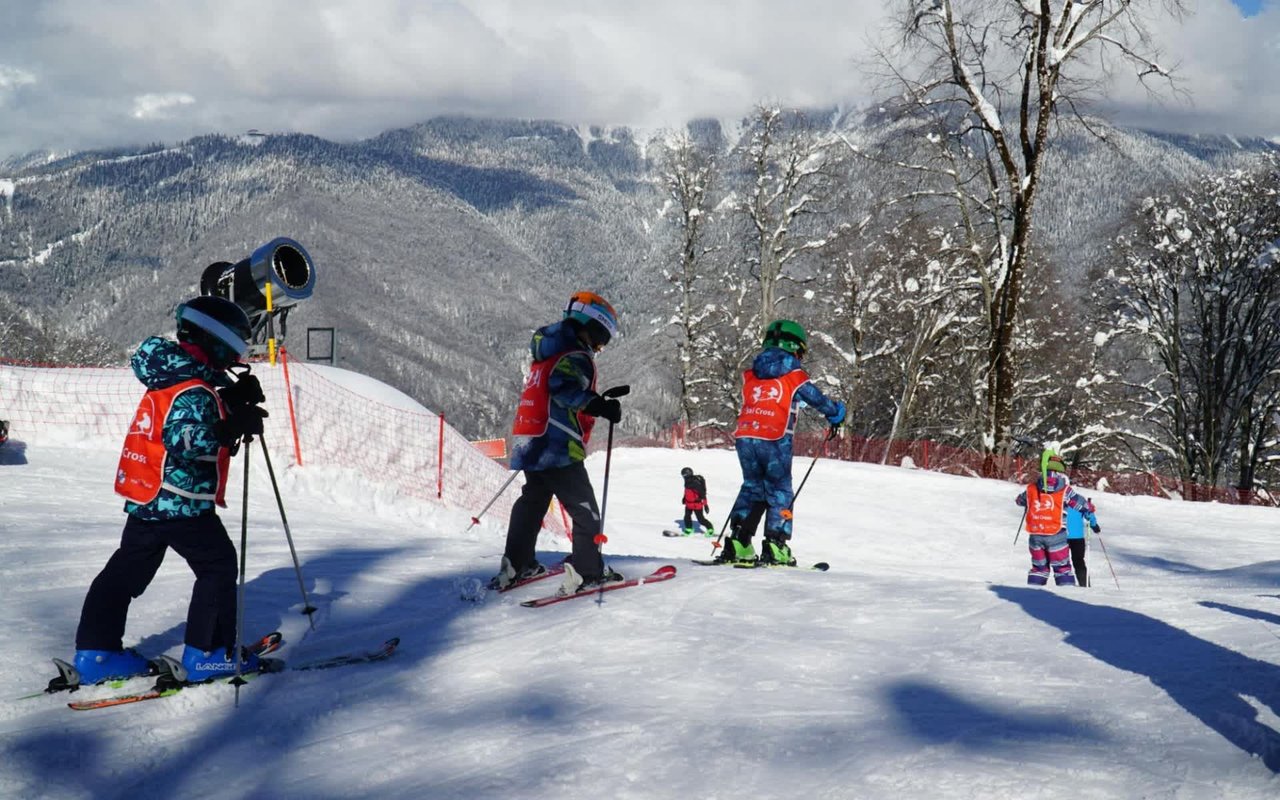As the winter season approaches, it’s crucial to ensure your home is ready to withstand the colder temperatures, snow, and ice. Properly winterizing your home not only keeps it warm and cozy but also helps save on energy costs and prevents potential damage. This guide will walk you through essential steps to winterize your home effectively.
Insulate Your Home
Seal Drafts and Gaps
One of the first steps in winterizing your home is to identify and seal any drafts or gaps around windows, doors, and other openings. Use weather stripping or caulk to seal these areas and prevent cold air from entering and warm air from escaping. This simple step can significantly improve your home’s energy efficiency.
Add or Upgrade Insulation
Proper insulation is key to keeping your home warm during the winter months. Check your attic, walls, and basement for adequate insulation. If necessary, add or upgrade the insulation to ensure it meets recommended levels. This will help maintain a consistent indoor temperature and reduce heating costs.
Install Thermal Curtains
Thermal curtains are a great way to add an extra layer of insulation to your windows. They help keep the cold air out and the warm air in, enhancing your home’s overall energy efficiency. Choose curtains with a thermal lining and make sure they fit snugly to maximize their effectiveness.
Prepare Your Heating System
Service Your Furnace
Before the cold weather sets in, have your furnace serviced by a professional. Regular maintenance ensures your heating system operates efficiently and reliably throughout the winter. Replace the furnace filter to improve air quality and system performance. A well-maintained furnace can save you money on energy bills and prevent unexpected breakdowns.
Check and Clean Vents
Inspect all vents and registers in your home to ensure they are clean and unobstructed. Blocked vents can reduce the efficiency of your heating system and create uneven heating. Regularly clean the vents and remove any dust, debris, or furniture that may be blocking airflow.
Install a Programmable Thermostat
A programmable thermostat allows you to set different temperatures for various times of the day, optimizing your heating system’s efficiency. Lowering the temperature when you’re not at home or asleep can result in significant energy savings. Some smart thermostats even learn your schedule and adjust the temperature automatically for maximum efficiency.
Protect Your Plumbing
Insulate Pipes
Pipes exposed to cold temperatures are at risk of freezing and bursting, which can cause significant damage and costly repairs. Insulate pipes in unheated areas such as basements, attics, and garages with foam pipe insulation or heat tape. Pay special attention to outdoor faucets and hose bibs by covering them with insulated covers.
Keep Faucets Dripping
During extreme cold snaps, keep a small stream of water flowing through faucets connected to vulnerable pipes. This can help prevent the pipes from freezing by maintaining a slight flow of water. It’s a simple yet effective way to avoid potential plumbing disasters.
Drain Outdoor Faucets
Before winter arrives, disconnect garden hoses and drain outdoor faucets to prevent any remaining water from freezing and causing pipes to burst. Shut off the water supply to outdoor faucets and open them to let any residual water escape. This step is crucial for protecting your plumbing system during the winter months.
Maintain Your Roof and Gutters
Inspect and Repair the Roof
A well-maintained roof is essential for keeping your home warm and dry during the winter. Inspect your roof for any damaged or missing shingles and repair them promptly to prevent leaks. Clear any debris that may have accumulated on the roof to ensure proper drainage.
Clean Gutters and Downspouts
Clogged gutters can cause water to back up and freeze, leading to ice dams that can damage your roof and gutters. Clean your gutters and downspouts thoroughly to ensure they are free of leaves, twigs, and other debris. Consider installing gutter guards to keep debris out and reduce the need for frequent cleaning.
Install Roof Heating Cables
In areas prone to heavy snowfall, roof heating cables can help prevent ice dams and reduce the risk of roof damage. These cables are installed along the roof’s edge and in gutters to melt snow and ice, allowing water to flow freely. While they do require an initial investment, they can save you money on costly roof repairs in the long run.
Prepare Your Home’s Exterior
Seal Exterior Cracks
Inspect the exterior of your home for any cracks or gaps and seal them with caulk or weatherproof sealant. Pay special attention to areas around windows, doors, and the foundation. Sealing these gaps helps keep cold air out and prevents pests from entering your home.
Winterize Your Landscaping
Prepare your garden and landscaping for winter by trimming trees and shrubs, especially those close to your home. Remove any dead or weak branches that could break under the weight of snow and ice, causing damage to your property. Mulch flower beds to protect plant roots from freezing temperatures.
Store Outdoor Furniture
Protect your outdoor furniture and equipment by storing them in a garage, shed, or other covered area. If storage space is limited, cover your furniture with weatherproof tarps to protect them from the elements. This will prolong the life of your outdoor items and prevent damage from snow and ice.
Winterizing your home is an essential part of preparing for the colder months. By taking the time to properly insulate, service your heating system, protect your plumbing, and maintain your home’s exterior, you can ensure a warm and comfortable living environment all winter long. These steps not only help you stay cozy but also save on energy costs and prevent potential damage.
Your Expert Anchorage Real Estate Partner
For personalized assistance with your real estate needs, reach out to
Michele Hake. She can provide expert guidance and support to ensure your home is ready for winter and beyond.










